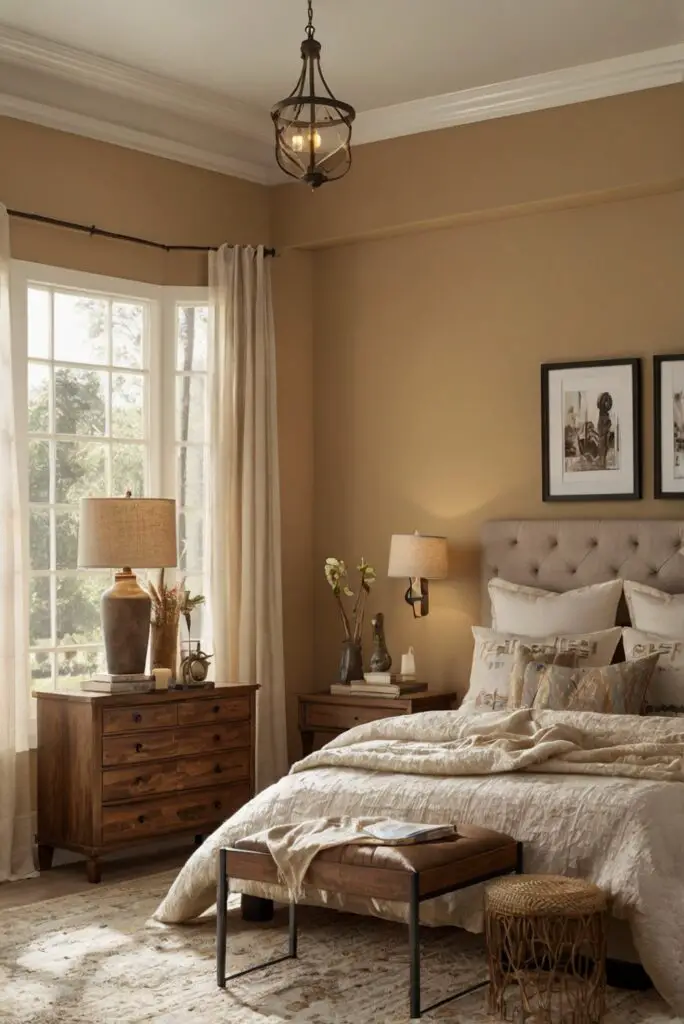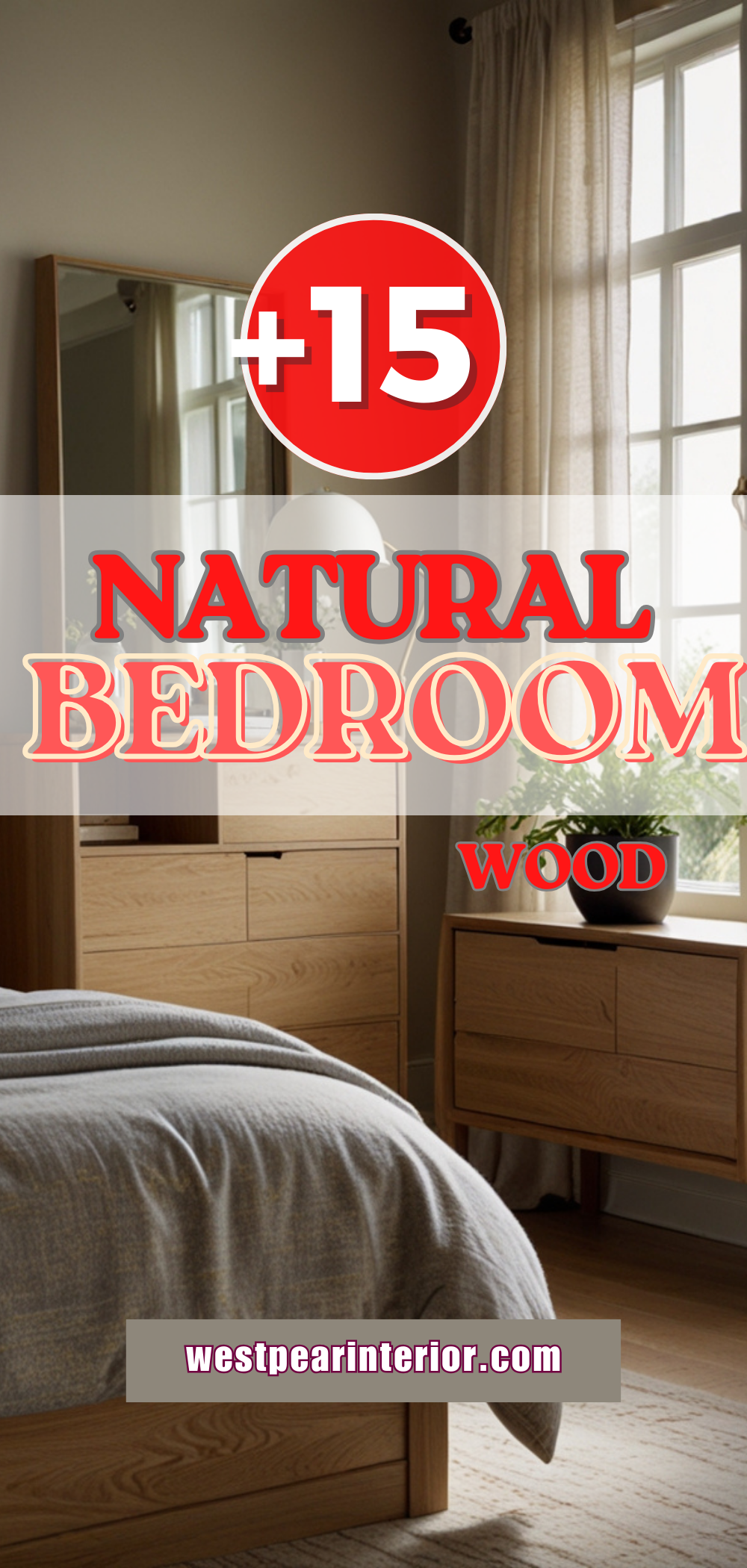Discover the secret to creating the perfect ambiance in your bedroom with the right lighting. Find out whether bright or dim lighting is ideal for your sleep and relaxation.
I prefer dim lighting in my bedroom for a cozy and relaxing atmosphere. Dim lighting can create a peaceful ambiance that promotes better sleep and relaxation. When it comes to home interior design, matching the lighting with the color scheme is essential. I recommend selecting warm colors for the walls and furniture to complement the dim lighting. Consider using primer paint for walls before applying the final coat to ensure a smooth finish.
In terms of space planning, it’s important to place lighting fixtures strategically to avoid shadows and create a well-lit environment. Consult with interior designers for kitchen designs and living room interior that harmonize with the overall theme of the home. Remember to match the wall paint color with the decor elements for a cohesive look.
My Lovely Spring Paint for 2025
Ready for a Spring Makeover? Explore the Freshest 2025 Paint Trends!
White Sage/Green SW Pistachio green Soft blue Honeysweet/Orange Pink Sugar Sage Tint BMAs an Amazon Associate, I may earn a commission from qualifying purchases at no extra cost to you.
Creating an ambiance of bright lighting in your bedroom is essential for a vibrant and energetic atmosphere. Here are some strategies to achieve this:
Ensuring adequate natural light:
Maximize the natural light in your bedroom by keeping your windows clean and unobstructed. Choose sheer curtains that allow light to pass through while maintaining privacy.
Using bright paint colors:
Opt for light, neutral paint colors like white, cream, or soft pastels to reflect light and make the room feel more spacious and bright.
My fAV Spring DECOR for 2025
Discover Spring’s Best 2025 Decor Combinations – Perfect for Any Room!
Oversized Indoor Plants White Curved Sofas Rugs BOH Brown Cream Moroccan Hype Boho Rug Outdoor Patio Furniture Sets Topfinel Pillow CoversAs an Amazon Associate, I may earn a commission from qualifying purchases at no extra cost to you.
Incorporating mirrors:
Strategically place mirrors in your bedroom to reflect natural and artificial light, creating a luminous effect. Mirrored furniture or decor can also add to the brightness.
Utilizing task lighting:
Install task lights such as reading lamps or adjustable wall sconces to provide focused and bright light where needed, especially for activities like reading or working.
Choosing light fixtures:
Select light fixtures with a high lumen output, such as LED recessed lights or pendant lights, to ensure adequate brightness in your bedroom. Avoid heavy or dark fixtures that may block light.
Maintaining a clutter-free space:
Clutter can absorb light and make the room feel darker. Keep your bedroom tidy and organized to allow light to bounce off surfaces and create a brighter environment.
Incorporating accent lighting:
Accent lighting, such as LED strips or under-cabinet lighting, can add a layer of brightness and visual interest to your bedroom. Use dimmable options for versatility.
Adjusting the lighting to suit your preferences is crucial for creating a comfortable and relaxing environment in your bedroom. Here are some ways to customize the lighting according to your needs:
Installing dimmer switches:
Dimmer switches allow you to adjust the brightness of your lights to create a cozy and soothing atmosphere. Dimming the lights before bedtime can signal your body to prepare for sleep.
Layering lighting:
Combine ambient, task, and accent lighting to create a layered effect that can be adjusted based on different activities. This flexibility allows you to tailor the lighting to your mood and preferences.
Using smart lighting:
Invest in smart lighting systems that enable you to control the brightness, color, and intensity of your lights through a smartphone or voice commands. Set up personalized lighting schedules for different times of the day.
Experimenting with light temperatures:
Choose light bulbs with different color temperatures (e.g., warm white to cool white) to create varying moods in your bedroom. Warmer tones are cozy, while cooler tones are energizing.
Adding personal touches:
Include decorative lamps, string lights, or candles in your bedroom to add a touch of warmth and personality to the lighting. Mix and match light sources to create a personalized ambiance.
Considering your activities:
Adjust the lighting based on your activities in the bedroom. Bright lighting is ideal for reading or working, while softer lighting is suitable for relaxation or winding down before sleep.
Utilizing light control systems:
Invest in light control systems that allow you to create preset lighting scenes for different times of the day or activities. This automation simplifies the process of adjusting the lighting in your bedroom.
Choosing a color palette that complements the lighting in your bedroom can enhance the overall brightness or dimness of the space. Consider the following color schemes:
Neutral tones:
Neutral colors like white, beige, and light gray reflect light and make a room feel more open and airy. Pairing these colors with bright lighting can amplify the sense of brightness in your bedroom.
Pastel hues:
Soft pastel shades such as pale blue, lavender, or blush pink can add a subtle and calming touch to the room. These colors work well with both bright and dim lighting, creating a soothing ambiance.
Monochromatic scheme:
A monochromatic color scheme using varying shades of a single color can create a harmonious and sophisticated look. Mix light and dark tones to play with light and shadow in your bedroom.
Contrast with accents:
Incorporate accents of bold or vibrant colors like navy blue, emerald green, or mustard yellow to create visual interest and contrast in your bedroom. These accents can pop against a bright or dim backdrop.
Natural elements:
Introduce natural elements such as wood, stone, or plants into your bedroom decor to add warmth and texture. These elements can interact with the lighting, highlighting their natural beauty.
Texture and finishes:
Consider the texture and finish of your furnishings and decor to play with light reflection. Matte surfaces absorb light, while glossy finishes reflect light, enhancing the overall brightness of the room.
Personal style:
Choose a color palette that resonates with your personal style and preferences. Whether you prefer a bright and refreshing look or a cozy and intimate feel, let your chosen colors reflect your personality.
Selecting the right light fixtures for bright or dim lighting in your bedroom is crucial for setting the desired mood and ambiance. Here are some tips for choosing the appropriate fixtures:
Ceiling lights:
Install overhead ceiling lights such as flush mounts, chandeliers, or pendant lights for general illumination in the room. Opt for fixtures with multiple bulbs or adjustable brightness for flexibility.
Wall sconces:
Add wall sconces on either side of the bed or near seating areas to provide localized and ambient lighting. Choose sconces with adjustable heads or dimmable features for customizable brightness.
Table lamps:
Place table lamps on bedside tables, dressers, or shelves to create task lighting or accent lighting. Select lamps with opaque shades or diffusers to distribute light evenly and reduce glare.
Floor lamps:
Use floor lamps to supplement overhead lighting and fill dark corners with light. Look for floor lamps with adjustable heights or dimmers to control the brightness based on your needs.
Task lights:
Incorporate task lights such as reading lamps, swing-arm wall lights, or desk lamps for focused illumination. Choose fixtures with flexible arms or adjustable heads for directional light.
LED lighting:
Consider LED light fixtures for energy-efficient and long-lasting lighting solutions. LED bulbs come in various color temperatures and designs, making them versatile for both bright and dim lighting scenarios.
Dimmable options:
Opt for light fixtures that are compatible with dimmer switches to adjust the brightness levels in your bedroom. Dimming the lights can create a cozy and intimate atmosphere for relaxation.
Statement pieces:
Select light fixtures that double as decorative elements to enhance the style of your bedroom. Choose fixtures with unique designs, materials, or finishes that complement your overall decor.
Mixing and matching:
Combine different types of light fixtures to create a layered lighting scheme in your bedroom. Mix overhead lights with task lights, accent lights, and decorative lamps to achieve a balanced look.
Customizing illumination:
Personalize the lighting in your bedroom by choosing fixtures that align with your functional and aesthetic preferences. Experiment with various styles and designs to find the perfect lighting solution for your space.
Energy-efficient alternatives to traditional light bulbs can provide bright or dim lighting while reducing energy consumption and costs. Here are some options to consider:
LED bulbs:
LED (light-emitting diode) bulbs are highly energy-efficient and long-lasting, making them an ideal choice for bright lighting in your bedroom. LED bulbs produce minimal heat and come in various color temperatures to suit your preferences.
CFL bulbs:
Compact fluorescent lamps (CFLs) are another energy-efficient alternative to traditional incandescent bulbs. CFL bulbs use less energy and last longer, providing bright and cool lighting in your bedroom. However, they may take a few moments to reach full brightness.
Halogen bulbs:
Halogen bulbs are a type of incandescent bulb that is more energy-efficient and brighter than traditional incandescent bulbs. Halogen bulbs emit a white, crisp light that is ideal for task lighting or areas that require high visibility.
Smart bulbs:
Smart bulbs are Wi-Fi-enabled light bulbs that can be controlled remotely through a smartphone app or voice commands. Smart bulbs offer customizable features such as dimming, color changing, and scheduling, allowing you to create bright or dim lighting scenes in your bedroom.
Natural light:
Maximize natural light during the day by opening curtains or blinds to illuminate your bedroom without relying on artificial lighting. Natural light not only brightens the room but also provides a sense of connection to the outdoors.
Daylighting systems:
Consider installing daylighting systems such as skylights or solar tubes to bring natural light into your bedroom. These systems capture sunlight and distribute it throughout the room, reducing the need for artificial lighting during the day.
Solar-powered lighting:
Incorporate solar-powered outdoor lights or solar-powered lamps into your bedroom decor for eco-friendly and cost-effective lighting solutions. Solar lights harness solar energy during the day and illuminate your bedroom at night.
Lighting controls:
Invest in lighting controls such as motion sensors, timers, or dimmer switches to optimize energy usage and create efficient lighting scenarios in your bedroom. Adjusting the lighting levels based on occupancy or time of day can save energy and enhance comfort.
Energy-efficient fixtures:
Choose light fixtures that are ENERGY STAR certified or labeled as energy-efficient to ensure optimal performance and energy savings. Look for fixtures with LED or CFL compatibility, as well as dimming capabilities for versatility.
Natural material fixtures:
Select light fixtures made from natural and sustainable materials such as bamboo, cork, or recycled glass. These fixtures not only contribute to a brighter environment but also promote environmental responsibility in your bedroom.
Upcycled lighting:
Explore upcycled or repurposed lighting options to add character and creativity to your bedroom while reducing waste. Upcycled fixtures can provide unique lighting solutions that are both energy-efficient and aesthetically pleasing.
Optimizing the organization of your bedroom can help maximize the lighting and create a cozy atmosphere. Here are some tips to organize your bedroom effectively:
Positioning furniture strategically:
Arrange furniture to allow natural light to flow freely throughout the room. Avoid blocking windows or light sources with large pieces of furniture to enhance the brightness and openness of the space.
Creating designated zones:
Designate specific areas for different activities in your bedroom, such as sleeping, reading, or dressing. Place task lighting or accent lighting in each zone to create functional and visually appealing spaces.
Decluttering and organizing:
Keep your bedroom clutter-free by storing items in designated storage solutions such as closets, shelves, or under-bed containers. Clutter can block light and disrupt the flow of energy in the room.
Utilizing vertical space:
Maximize vertical space by installing wall-mounted shelves or cabinets to free up floor space and prevent shadows from obstructing the lighting. Display decorative items or personal mementos to add personality to the room.
Incorporating reflective surfaces:
Introduce reflective surfaces like mirrors, metallic finishes, or glossy furniture to bounce light and create a brighter atmosphere in your bedroom. Position mirrors strategically to amplify natural and artificial light.
Personalizing decor:
Personalize your bedroom decor with items that reflect your style and preferences. Incorporate textiles, artwork, or lighting fixtures that resonate with your personality to create a warm and inviting space.
Creating a cozy nook:
Design a cozy reading nook or relaxation corner in your bedroom with plush seating, soft lighting, and calming decor. Incorporate a throw blanket, cushions, or rugs to add comfort and warmth to the space.
Softening the lighting:
Use soft, diffused lighting in your bedroom to create a calming and intimate ambiance. Opt for lamps with warm white bulbs, dimmers, or indirect lighting to soften the overall brightness at night.
Adding greenery:
Introduce plants or flowers into your bedroom to enhance the natural beauty of the space and improve air quality. Choose low-light plants like snake plants or peace lilies to thrive in a bedroom environment.
Customizing storage solutions:
Invest in personalized storage solutions that cater to your lifestyle and organizational needs. Use storage bins, baskets, or organizers to keep essentials within reach and maintain a tidy and efficient bedroom layout.
Key Takeaways:
– Maximize natural light and use bright paint colors to create a vibrant bedroom atmosphere.
– Install dimmer switches and layer lighting for adjustable illumination that suits your preferences.
– Choose a color palette that complements the lighting and enhances the brightness or dimness of the room.
– Select light fixtures based on functionality, energy efficiency, and personal style for optimal lighting solutions.
– Consider energy-efficient alternatives like LED bulbs and natural lighting to reduce energy consumption.
– Organize your bedroom by optimizing furniture placement, decluttering, and incorporating reflective surfaces for a cozy atmosphere.







